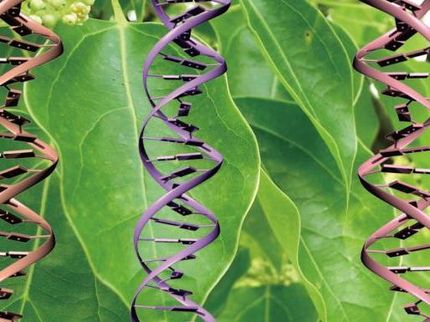Reconstructing Oetzi's, the Neolithic Man family tree with 454 Sequencing
Since Oetzi's sensational discovery, in 1991 and his extraction from the glacier in Alto Adige in Italy, Europe's most famous mummy has been the subject of intensive scientific study. The initial research focused on dating the mummy, and with the aid of radiocarbon dating analyses it has been established that Oetzi dates back to around 3,000 BC. Oetzi the Neolithic man is assumed to have been a hunter or a high-ranking warrior and the cause of his death, according to the most accredited hypothesis was an arrow wound. Currently, Dr. Gianluca De Bellis of the CNR Institute of Biomedical Technology is taking part in new investigations promoted by Professor Franco Rollo of the University of Camerino. De Bellis is analyzing Oetzi´s mitochondrial DNA by means of ultrafast 454 sequencing.
Previous studies that were conducted by means of traditional technologies have determined that Oetzi's mitochondrial DNA does not resemble any sub-type found in any present existing ethnic group. In using the Genome Sequencer FLX System, it will now be possible to shed more light on the subject of Oetzi's descendents, and establish his place in the genetic scenario of the present European race. Furthermore, 454 Sequencing data will enable researchers to trace Oetzi's ancestors; and reconstruct an accurate phylogenetic family tree, obtaining an authentic global view of human evolution. In comparison to chromosomal DNA, which is protected within the cell nucleus, Mitochondrial DNA has far greater molecular variability; this is due to the influence of the external environment. Therefore, as apposed to its nuclear counterpart, mitochondrial DNA is far better suited for tracing evolutionary changes.
Following the mitochondrial analyses, De Bellis plans to study Oetzi's eating habits. Tissue samples that have been extracted from the mummy's colon will enable an analysis of his intestinal flora. The reason for this investigation will be to compare the genes between the embryonic digestive tube bacteria of Neolithic man with those of the present day modern man.
Most read news
Organizations
Other news from the department science

Get the analytics and lab tech industry in your inbox
By submitting this form you agree that LUMITOS AG will send you the newsletter(s) selected above by email. Your data will not be passed on to third parties. Your data will be stored and processed in accordance with our data protection regulations. LUMITOS may contact you by email for the purpose of advertising or market and opinion surveys. You can revoke your consent at any time without giving reasons to LUMITOS AG, Ernst-Augustin-Str. 2, 12489 Berlin, Germany or by e-mail at revoke@lumitos.com with effect for the future. In addition, each email contains a link to unsubscribe from the corresponding newsletter.

















































